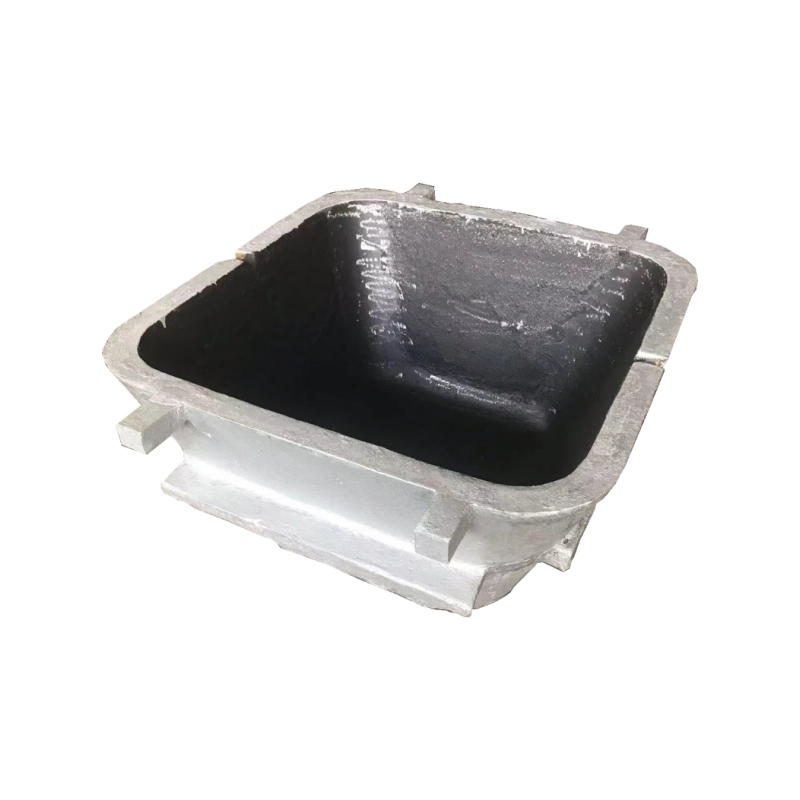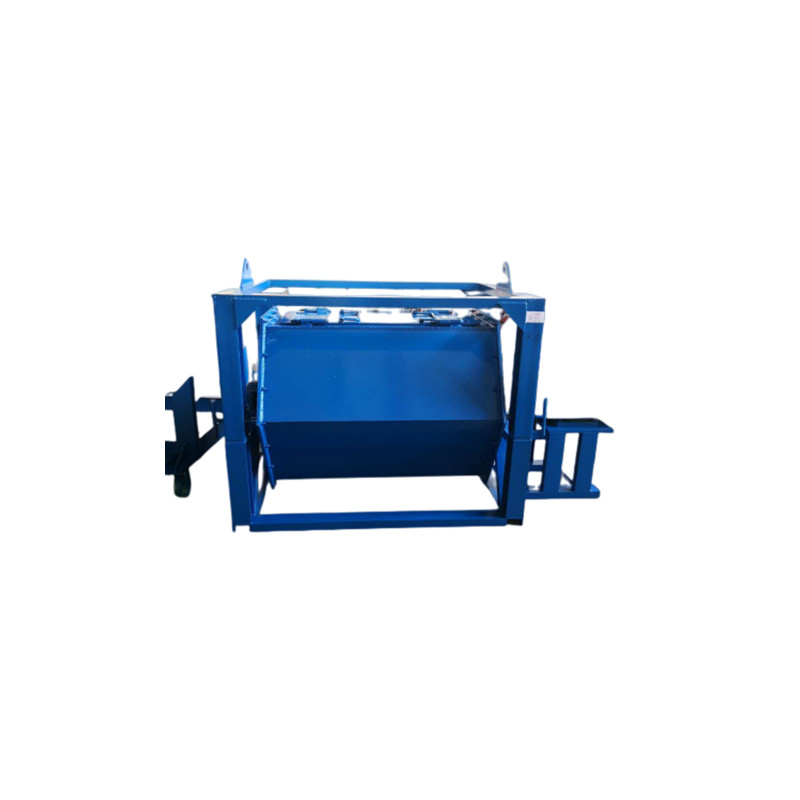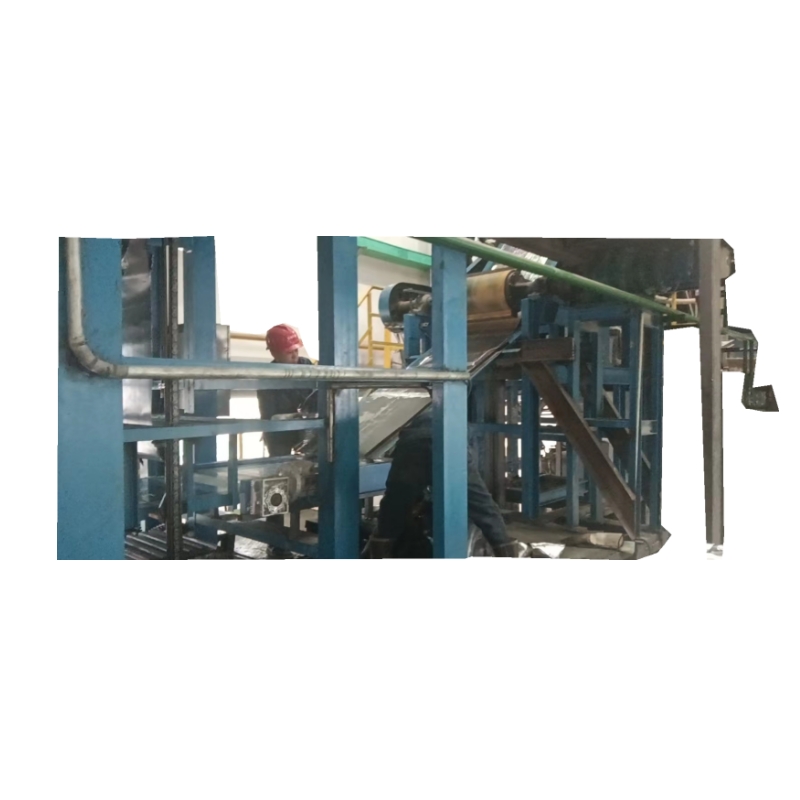Lufeng is a Professional metallurgical rotary furnace’s design, manufacturing and sales manufacturers in China. We have been specialized in Metallurgical equipment for many years. Our lead converter is driven by large and small gear rings. The bearing seat adopts heavy cast steel bearing seat, and the driving part is equipped with hydraulic brake. To ensure normal and safe production.
What are the advantages of rotary furnace:
Rotary furnace with Good adaptability. It can be used for the roasting and smelting for many type of materials. Its capacity can vary from 50-100%. Comparing with reverberatory furnace, it has higher production rate and lower fuel consumption;
Small length-diameter ratio, small temperature difference, quick heat transferring and uniform smelting temperature in the furnace;
High heat efficiency and good seal performance;
Furnace can rotate, which make the firebricks have a longer service life;
Have good operation environment with high mechanization level and low labor intensity;
The rotating speed can be adjusted according to process requirements;
Fuels can be diesel, natural gas, gas, powdered coal, or heavy oil, and so on. The off-gas after heat exchanger will enter surface cooler and then dust bag collector;
The melting rotary furnace is made of heat-resistant boiler steel, which can meet the working environment of high temperature. Our rotary furnace is driven by large and small gear rings. The bearing seat adopts heavy cast steel bearing seat, and the driving part is equipped with hydraulic brake. To ensure normal and safe production.
 English
English  Español
Español  Português
Português  русский
русский  français
français  日本語
日本語  Deutsch
Deutsch  Tiếng Việt
Tiếng Việt  Italiano
Italiano  Nederlands
Nederlands  ไทย
ไทย  Polski
Polski  한국어
한국어  Svenska
Svenska  Malay
Malay  বাংলা
বাংলা  हिन्दी
हिन्दी  Pilipino
Pilipino  Türk
Türk  عربى
عربى  Indonesia
Indonesia  norsk
norsk  čeština
čeština  Українська
Українська  Javanese
Javanese  فارسی
فارسی  తెలుగు
తెలుగు  Burmese
Burmese  български
български  Latine
Latine  Azərbaycan
Azərbaycan  Српски
Српски  Esperanto
Esperanto  Afrikaans
Afrikaans  Català
Català  Cymraeg
Cymraeg  Беларус
Беларус  Hrvatski
Hrvatski  Kreyòl ayisyen
Kreyòl ayisyen  Shqiptar
Shqiptar  Bosanski
Bosanski  Кыргыз тили
Кыргыз тили  ಕನ್ನಡ
ಕನ್ನಡ  IsiXhosa
IsiXhosa  Chichewa
Chichewa  Somali
Somali  O'zbek
O'zbek  հայերեն
հայերեն  Sundanese
Sundanese  Malagasy
Malagasy 













